Stories from and about library student employees and interns.
Student Stories
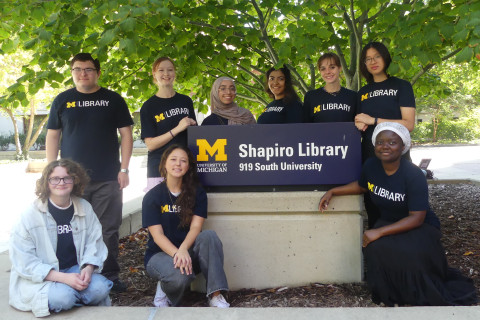
Posts in Student Stories
Showing 61 - 70 of 141 items

- William McClelland
As a Classical Civilization major, completing a project about modern Greece presented a few unexpected challenges. However, the skills I learned while helping to create our exhibit were invaluable, and it's given me a new appreciation not only for Greece in all of its forms, but also for all of the work that librarians do.

- Chelsea Paige Padilla
When I applied to the Michigan Library Scholars program to work for the “A Survey of Global Open Access Policies” project, I took it as an opportunity to learn more about a particular side of publishing and law that I didn’t know much about. As someone who is double majoring in Political Science and Creative Writing & Literature, I have always been interested in how the law interacts with people’s creations — regardless of whether those creations are novels, pieces of artwork, or video games. For some reason, though, I’d never considered works of research under the same umbrella. Through this project, I’ve learned about the importance of open access policies and how they fuel innovation and generate new knowledge.
•
- Madelin Grace Chau
Michigan Library Scholar Madelin Chau reflects on her experiences over the summer of learning about the importance of open access and working to make open access policies more accessible to the public. Through this internship, Madelin gained important transferrable skills, networked with various library professionals, and gained a broader perspective of her career goals.
•
- Laurel Bloom Comiter
I always knew my grandfather could speak this odd sounding language, an ancient Spanish dialect that sounded like a mix of Spanish and Hebrew, both of which I was familiar with growing up Jewish in Southern Arizona. I knew that this was his first language, but I did not know much more than that about his heritage–my own heritage–until I became a part of the Michigan Library Scholars. These past few months have allowed me to learn more about my roots than I had ever imagined I would know.
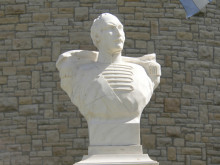
- Quinn E Byington
Being a new transfer student, I was intimidated at first by the scope of the University of Michigan and its library, but when I heard that I could have the chance to work on an exhibit based on the Greek War of Independence through the Michigan Library Scholars Program, it was an opportunity I simply couldn't pass up. Not only was my experience one of learning, but also one of fun, as well as growth as a student and a professional.

- Amanda R Peters
Each year, the U-M Library hires hundreds of students to work a variety of jobs in the library. These students are an essential part of keeping the library running, and we couldn't do it without them! Some of these students leave us each year to take what they have learned and make a difference beyond U-M. We celebrate our graduates and wish them well in their future endeavors!
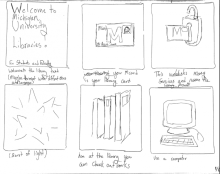
- Tess Elene Eschebach
A reflection on working in a pair on a multifaceted project in a remote setting as part of the Michigan Library Scholars internship.

- Charlotte Grace Fater
Creating the "Hispanofilipino Literature: Translation as Repa(t)r(i)ation" exhibit as part of the Michigan Library Scholars internship.
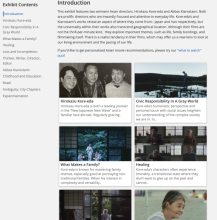
- Yifei Yao
During the summer of COVID-19, Michigan Library Scholar Yifei Yao contributed to the Askwith International Media Awareness Project by curating an online exhibit that highlights Asian film collections. This remote working experience provided an opportunity for Yifei to learn and grow. Through combining her passion for film and the new professional skills she learned, Yifei became more clear and confident in her career path after graduation.
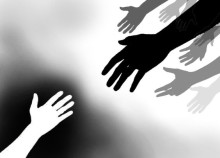
- Sara M Trop
The Michigan Library Scholars application jumped out at me back in February. I’m a rising junior studying economics & communications with a minor in Spanish, hoping to ultimately work for a non-profit one day. I saw the Askwith project and was immediately drawn to it because the majority of my classes this past semester were on globalization. Slowly I began to understand the necessity of being culturally aware and maintaining diversity in a world where homogeneity is often expected. Knowing I had been confined to my own “single-story,” or was truly only familiar with my home country, became an impediment to my perspective on the global community. The MLS program stood out to me then, and now, because I got to be part of a team of classmates and mentors working to end narrow-mindedness at UM.